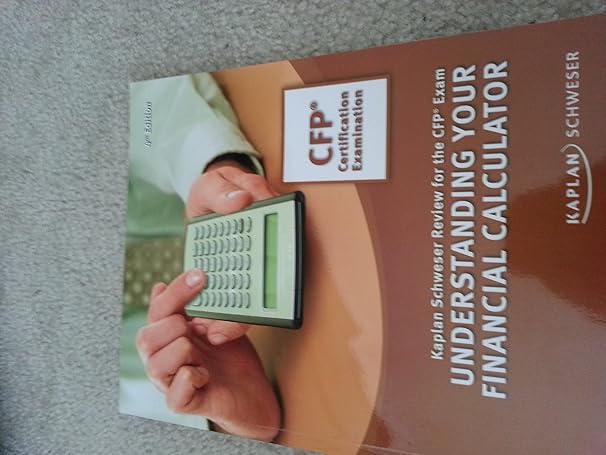Answered step by step
Verified Expert Solution
Question
1 Approved Answer
7 ! Help Save & Exit Submit Check my work Part 4 of 4 1.25 points 03:38:21 Required information Problem 5-1A (Algo) Periodic: Alternative cost
7 ! Help Save & Exit Submit Check my work Part 4 of 4 1.25 points 03:38:21 Required information Problem 5-1A (Algo) Periodic: Alternative cost flows LO P1 [The following information applies to the questions displayed below.] Warnerwoods Company uses a periodic inventory system. It entered into the following purchases and sales transactions for March. Date Activities Mar. 1 Beginning inventory Mar. 5 Purchase Mar. 9 Sales Units Acquired at Cost 195 units @ $85 per unit 495 units @ $90 per unit Units Sold at Retail 515 units @ $120 per unit eBook Print Mar. 18 Purchase Mar. 25 Purchase Mar. 29 Sales Totals 310 units @ $95 per unit 390 units@ $97 per unit 1,390 units 350 units @ $130 per unit 865 units References For specific identification, the March 9 sale consisted of 60 units from beginning inventory and 455 units from the March 5 purchase; the March 29 sale consisted of 135 units from the March 18 purchase and 215 units from the March 25 purchase. Problem 5-1A (Algo) Part 4 4. Compute gross profit earned by the company for each of the four costing methods. (Round your average cost per unit to 2 decimal places and final answers to nearest whole dollar.) Sales Less: Cost of goods sold Gross profit FIFO LIFO Weighted Average Specific Identification 8 3 Check my work hts 03:38:07 eBook Problem 5-4AA (Algo) Perpetual: Alternative cost flows LO P3 Montoure Company uses a perpetual inventory system. It entered into the following calendar-year purchases and sales transactions. Date Jan. Activities 1 Beginning inventory Feb. 10 Purchase Mar. 13 Purchase Mar. 15 Sales Aug. 21 Purchase Sept. 5 Purchase Sept. 10 Sales Totals Units Acquired at Cost 690 units @ $45 per unit 580 units @ $42 per unit 290 units @ $27 per unit 190 units $50 per unit 770 units @ $46 per unit 2,520 units Units Sold at Retail 980 units @ $75 per unit 960 units @ $75 per unit 1,940 units Print References Required: 1. Compute cost of goods available for sale and the number of units available for sale. Cost of goods available for sale Number of units available for sale units 2. Compute the number of units in ending Inventory. Ending inventory units 3. Compute the cost assigned to ending inventory using (a) FIFO, (b) LIFO, (c) weighted average, and (d) specific identification. (For specific identification, units sold consist of 690 units from beginning inventory. 480 from the February 10 purchase, 290 from the March 13 purchase, 140 from the August 21 purchase, and 340 from the September 5 purchase.) Complete this question by entering your answers in the tabs below. Perpetual FIFO Perpetual LIFO Weighted Average Specific Id Compute the cost assigned to ending Inventory using FIFO. (Round your average cost per unit to 2 decimal place Perpetual FIFO: Goods Purchased of Date units Jan 1 25 Feb 10 Mar 13 Mar 15 Aug 21 Sept 51 Sept 10 Cost of Goods Sold Cost per unit # of units sold unit Cost per Cost of Goods Sold # of units Inventory Balance Cost per unit Iny B 690 $45.00= $ 4. Compute gross profit earned by the company for each of the four costing methods. (Round your average cost per unit to 2 decimal places.) Sales Less: Cost of goods sold Gross profit FIFO LIFO Weighted Average Specific Identification 5. The company's manager earns a bonus based on a percent of gross profit. Which method of inventory costing produces the highest bonus for the manager? LIFO FIFO Weighted Average Specific Identification
Step by Step Solution
There are 3 Steps involved in it
Step: 1

Get Instant Access to Expert-Tailored Solutions
See step-by-step solutions with expert insights and AI powered tools for academic success
Step: 2

Step: 3

Ace Your Homework with AI
Get the answers you need in no time with our AI-driven, step-by-step assistance
Get Started


